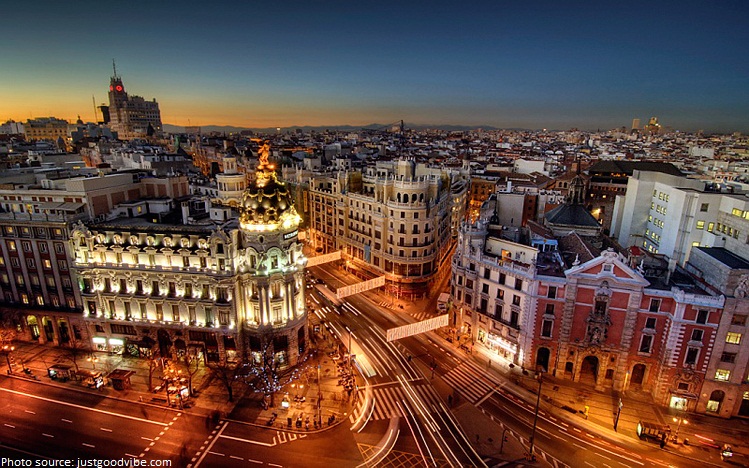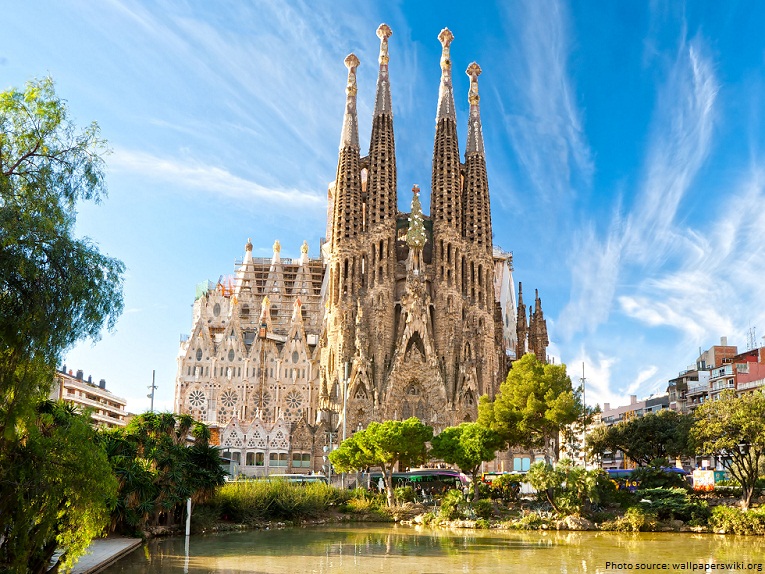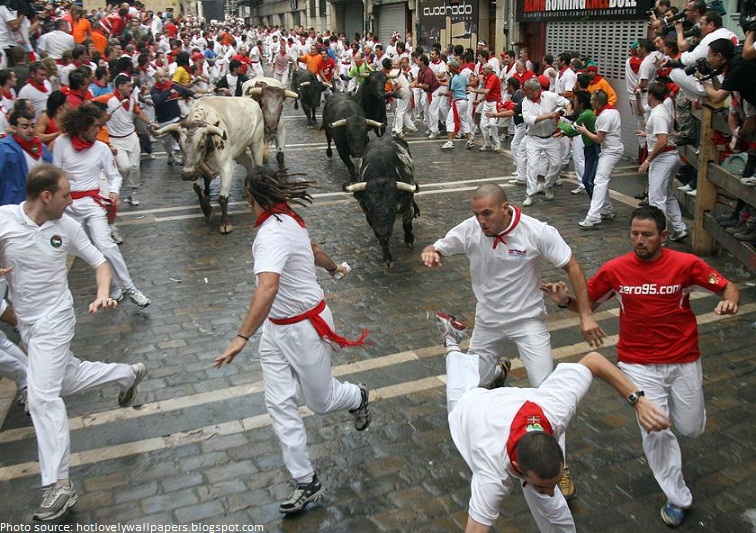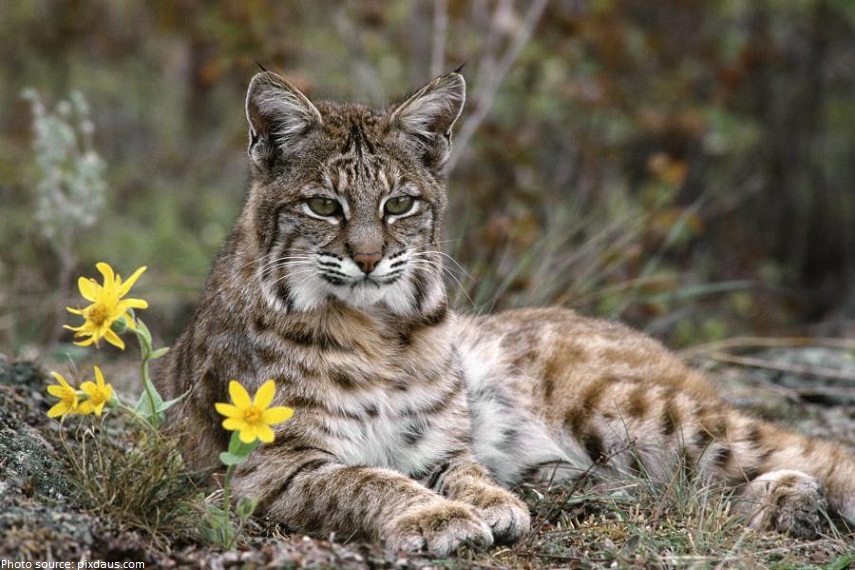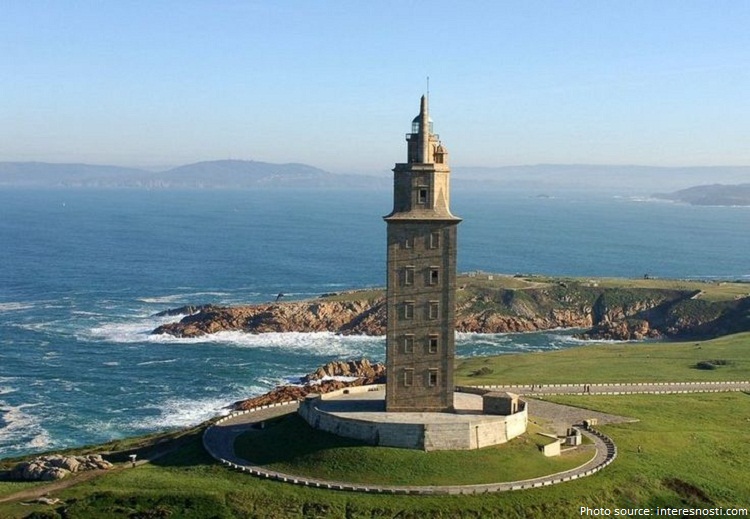The official name of Spain is the “Kingdom of Spain.”
Spain is a democracy organised in the form of a parliamentary government under a constitutional monarchy.
Countries that border Spain are Morocco, the United Kingdom, Portugal, Andorra and France.
Official language is Spanish.
Spanish is the second most widely spoken language in the world.
Spain is the 5th most populous country in Europe. In 2015 was estimated to have a population of 47,572,542.
Spain is the second largest country in the EU – with an area of 505,955 square kilometres.
The capital and largest city, Madrid, is home to the Royal Palace and singular Prado museum,
housing works by European masters, and Segovia to the north has a fairy-tale medieval castle and Roman aqueduct.
The second largest city is Barcelona, which is located in Catalonia.
Spain was the third most visited country in the world in 2014.
The Spanish tourism industry is one of the largest in the world, bringing in billions of Euros into the
Spanish economy.
Spain has 44 UNESCO World Heritage Sites – pre-historic rock art, historic cities and buildings, bridges, national parks and landscapes. Only Italy with 50 sites and China with 45 have more.
La Sagrada Familia church in Barcelona, has been under construction for over 130 years and it’s only expected to be complete by 2026.
Spain has produced some of the world’s greatest artists – Valázquez in the 17th century, Goya in the 18th
and 19th to Picasso, Miró and Dali in the 20th.
The first ‘novel’ is attributed to a Spaniard – Spain Cervantes’ Don Quixote, written in 1605, is considered to be the first modern novel.
Mount Teide is volano and the highest mountain in Spain ( 3,718 m, 12,198 ft).
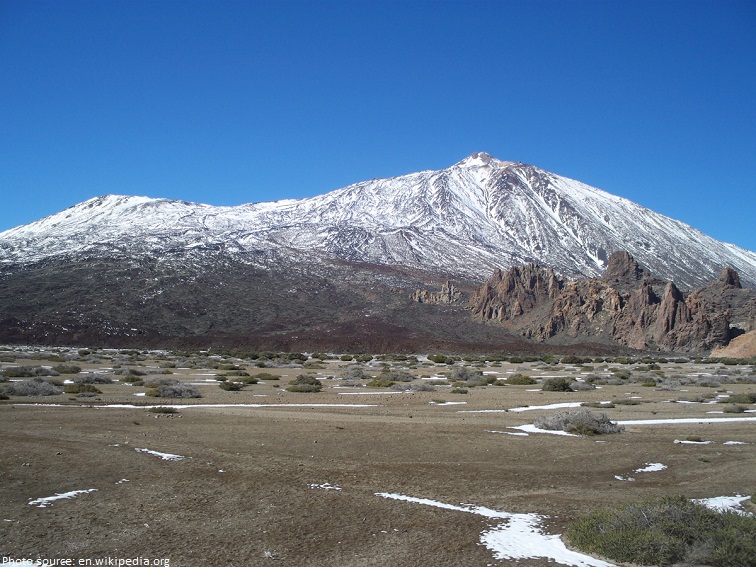
Spain includes a number of islands including Mallorca, Tenerife, Ibiza and Gran Canaria. Many can be found in the Canary Islands, an archipelago off the northwest coast of Africa.
The national anthem of Spain has no words.
Spain was the first country in the world where wind power was the greatest source of electricity.
Flamenco is the most famous style of dance and music in Spain. It is is an art-form native to the southern Spanish regions of Andalusia, Extremadura and Murcia.
Whether you like it or not – agree with it or despise it – bullfighting exists in Spain and is an important
part of their history and culture.
Spain is the country of fiestas, with hundreds of festivals taking place throughout the year – the oldest, Romería de Nuesra Señora de le Cabeza, has been held for over 800 years and the Fiesta de los Patios was even awarded UNESCO World heritage status in 2013.
La Tomatina is an annual festival held in Spain where people throw thousands of tomatoes at each other.
The fiestas of San Fermin are celebrated in Irunea/Pamplona, in the region of Navarra, every year from the 6th to the 14th of July. They have become internationally known because of the running of the bulls, where the bulls are lead through the streets of the old quarter as far as the bull ring by runners.
Among Spain’s indigenous animals are a wide variety of deer, Iberian wild goats, tortoises, bats, snakes, and small reptiles and amphibians. Larger native Spanish animals are mostly endangered including Cantabrian brown bears, Iberian wolves and Iberian lynxes.
The Iberian lynx, the most endangered cat species in the world, exists only in the wild in Spain.
45% of the world’s olive oil production is done in Spain. But only 20% of that is extra virgin.
Paella is a traditional Spanish dish from Valencia. It is a rice dish that can have meat, fish, seafood, and vegetables and is characterized by its use of saffron to give it a yellow color and unique flavor.
There’s a zipline connecting Spain and Portugal. It’s 720 meters (2,365 feet) and 60 seconds long.
The world’s oldest existing lighthouse is considered to be Tower of Hercules, a UNESCO World Heritage Site that marks the entrance of Spain’s La Coruña harbor. The lighthouse, which was erected in the first century, is still operational.
There’s a town in Spain where 700 people share the surname “Japon” as they are descendants of 17th-century samurais who stayed there after an embassy returned to Japan.
Britain accidentally invaded Spain in 2002. About 20 Royal Marines disembarked in Spain instead of Gibraltar for 5 minutes until the error was recognised and they all withdrew.
The youngest king ever was Alfonso XIII of Spain, who became king the day he was born.
A line of descendants of Aztec Emperor Moctezuma II was brought to Spain and became part of the Spanish nobility, holding the title of “Duke of Moctezuma de Tultengo.”
The quill pen is thought to have originated in Spain about 1,400 years ago.

